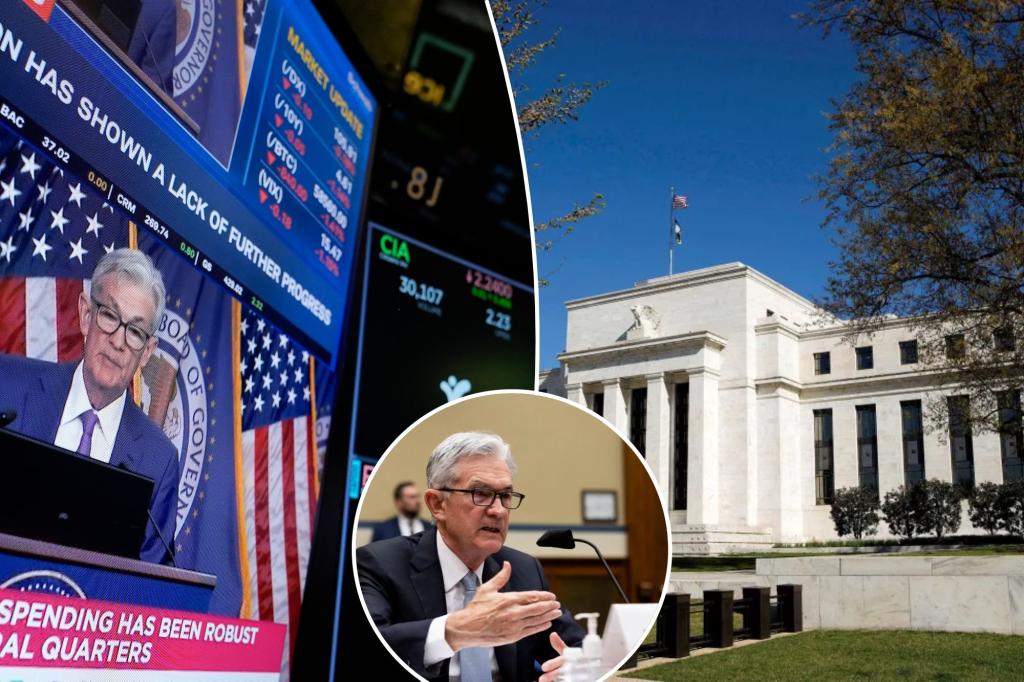Wall Street is preparing for a busy day on Wednesday with the release of fresh inflation data in the morning and the announcement of the Federal Reserve’s interest rate decision in the afternoon. These two events are considered to be the biggest issues for the market, focusing on inflation and monetary policy, according to David Donabedian from CIBC Private Wealth U.S. The CPI report and the Fed’s policy-setting meeting have coincided seven times since 2014.
Economists anticipate that the consumer price index (CPI) will show a 3.4% increase in prices in May, unchanged from the previous month. Inflation is expected to rise by 0.1% on a monthly basis. The report may highlight persistent price pressures that have kept the CPI between 3.7% and 3.1% for 12 consecutive months, despite promising downward readings. Core prices, which exclude food and energy, are projected to climb 3.6% annually, indicating strong underlying price pressure.
The Federal Reserve is expected to maintain interest rates at 5.25% to 5.5%, the highest level in 23 years. The updated quarterly economic projections following the meeting may indicate policymakers’ expectations for the key rate at the end of 2024. Economists predict adjustments to the dot plot, showing potentially two rate cuts this year instead of the three projected in March, along with softer economic growth and higher inflation. Fed Chair Jerome Powell’s press conference is seen as crucial for any clues on the future monetary policy path.
In 2022 and 2023, policymakers raised interest rates significantly to slow the economy and curb inflation rates. However, policymakers are now considering when to ease the tight monetary policy put in place. The expectation is for rate cuts to begin in September, with just two reductions anticipated this year compared to initial expectations of six cuts starting as early as March.
The impact of higher rates has led to notable changes in borrowing costs, with the average rate on 30-year mortgages surpassing 7% for the first time in years. This has also affected borrowing costs for other sectors like home equity lines of credit, auto loans, and credit cards, which have spiked. The Fed’s decisions on interest rates and economic projections will shape the outlook for the U.S. economy and financial markets moving forward.
The CPI report and the Fed’s policy-setting meeting are key events that provide insights into the state of the U.S. economy and the risk potential for stock markets. As part of this, May inflation data is expected to reveal ‘sticky’ price pressures, pointing to a slower retreat in inflation. The Fed’s target rate is 2%, with central bank policymakers monitoring the personal consumption expenditures (PCE) metric. With potential adjustments to the dot plot and the economic projections, all eyes are on the Fed’s decisions regarding interest rates and future monetary policy direction in the uncertain economic climate.


